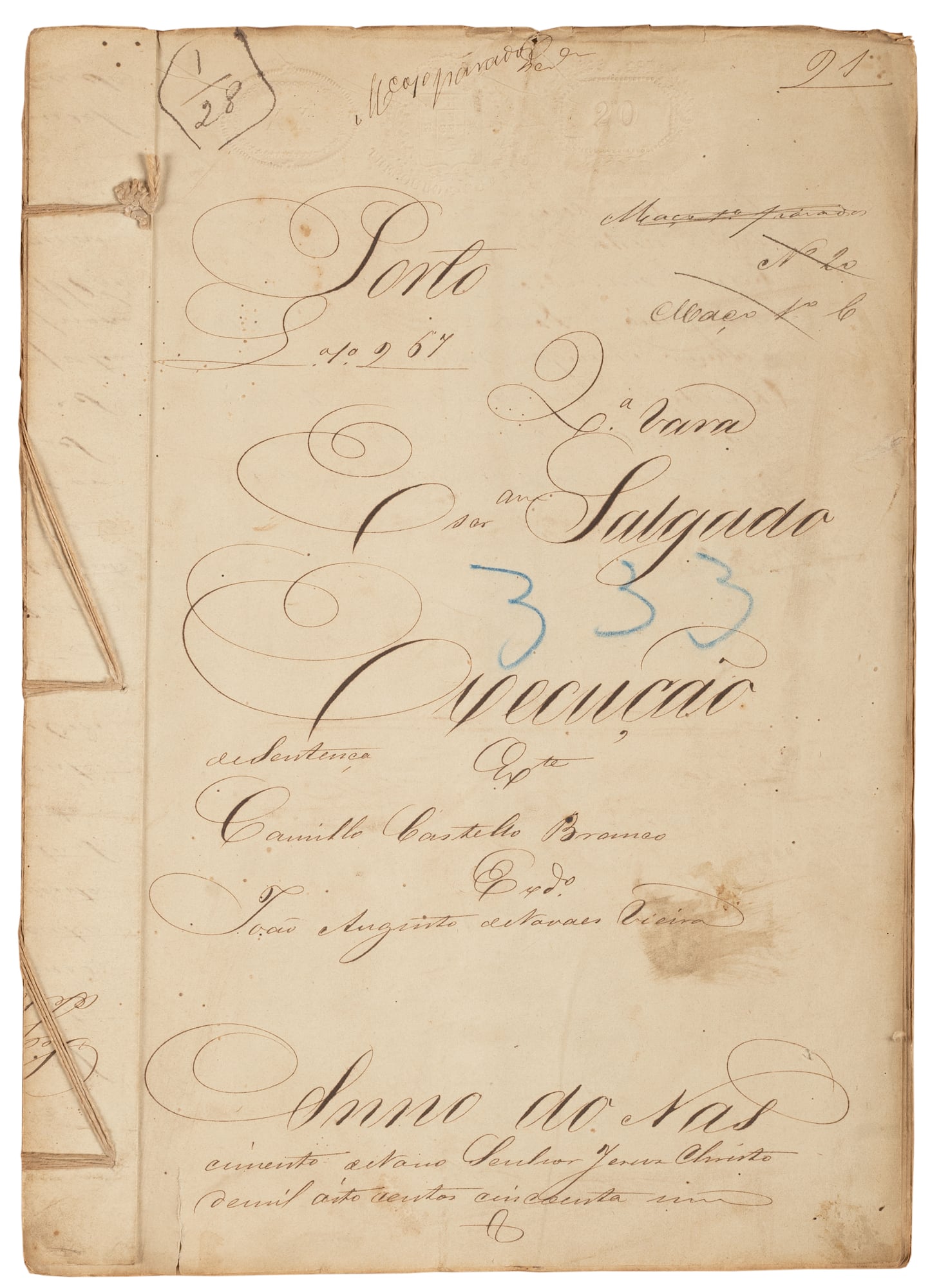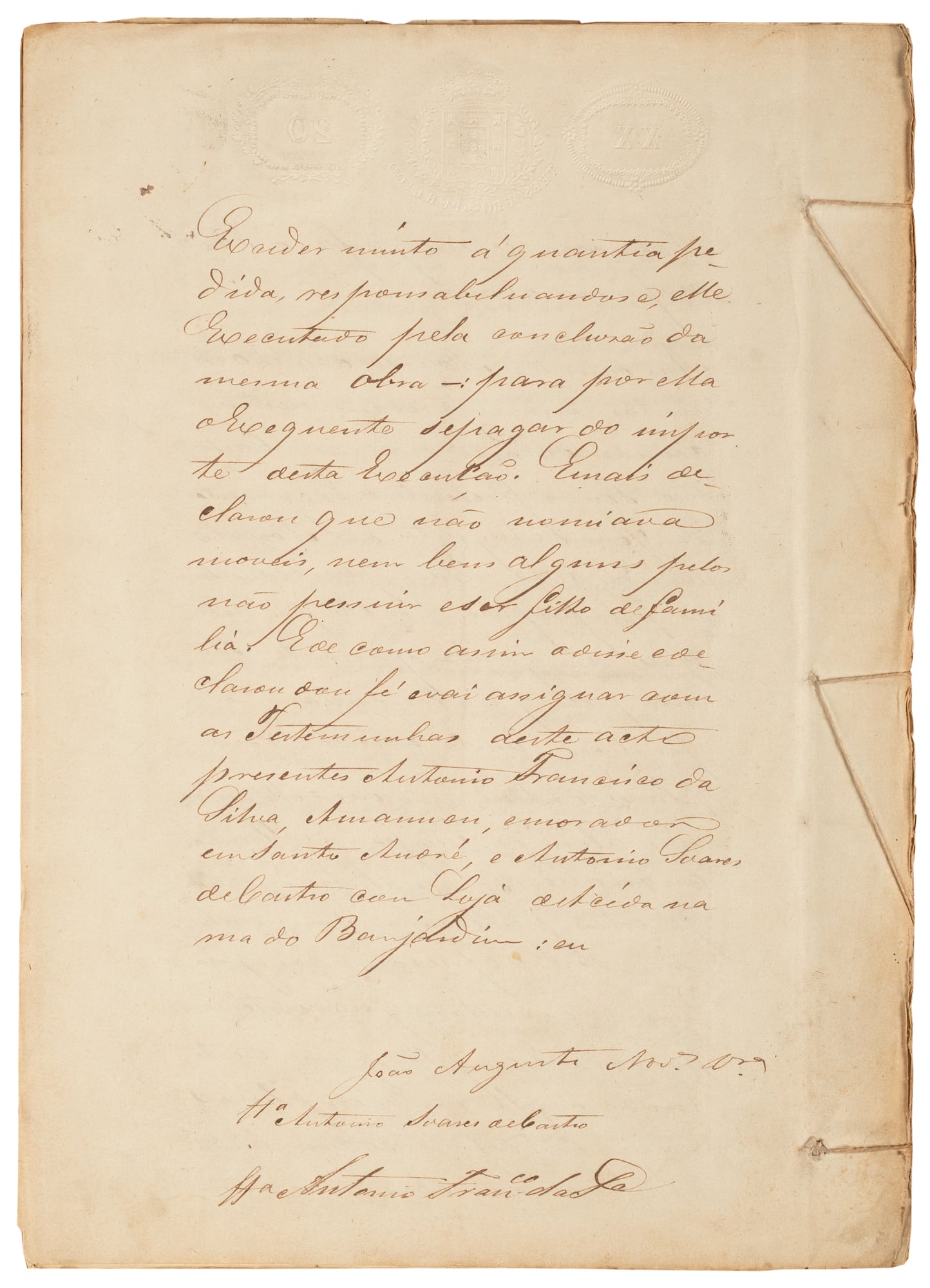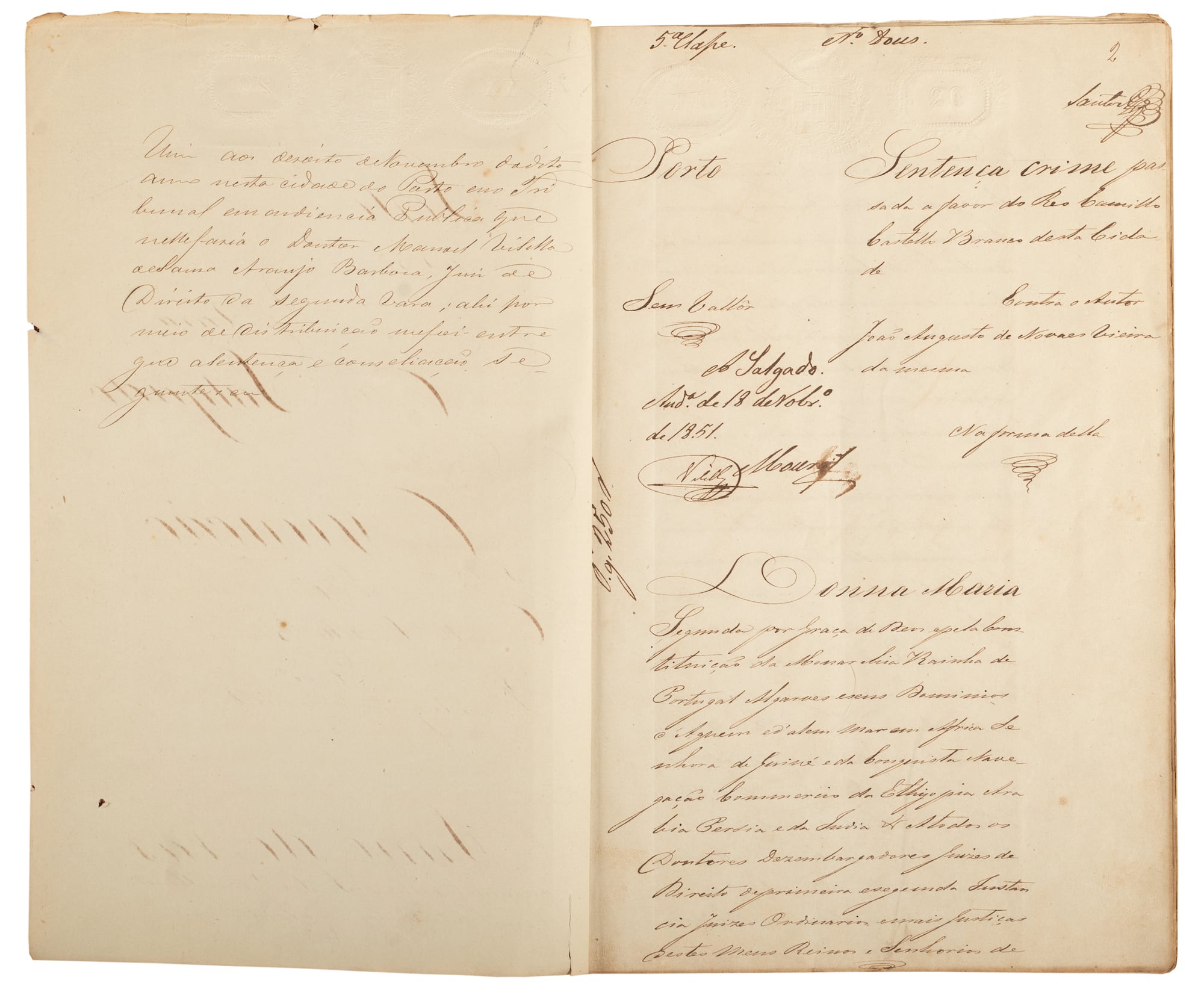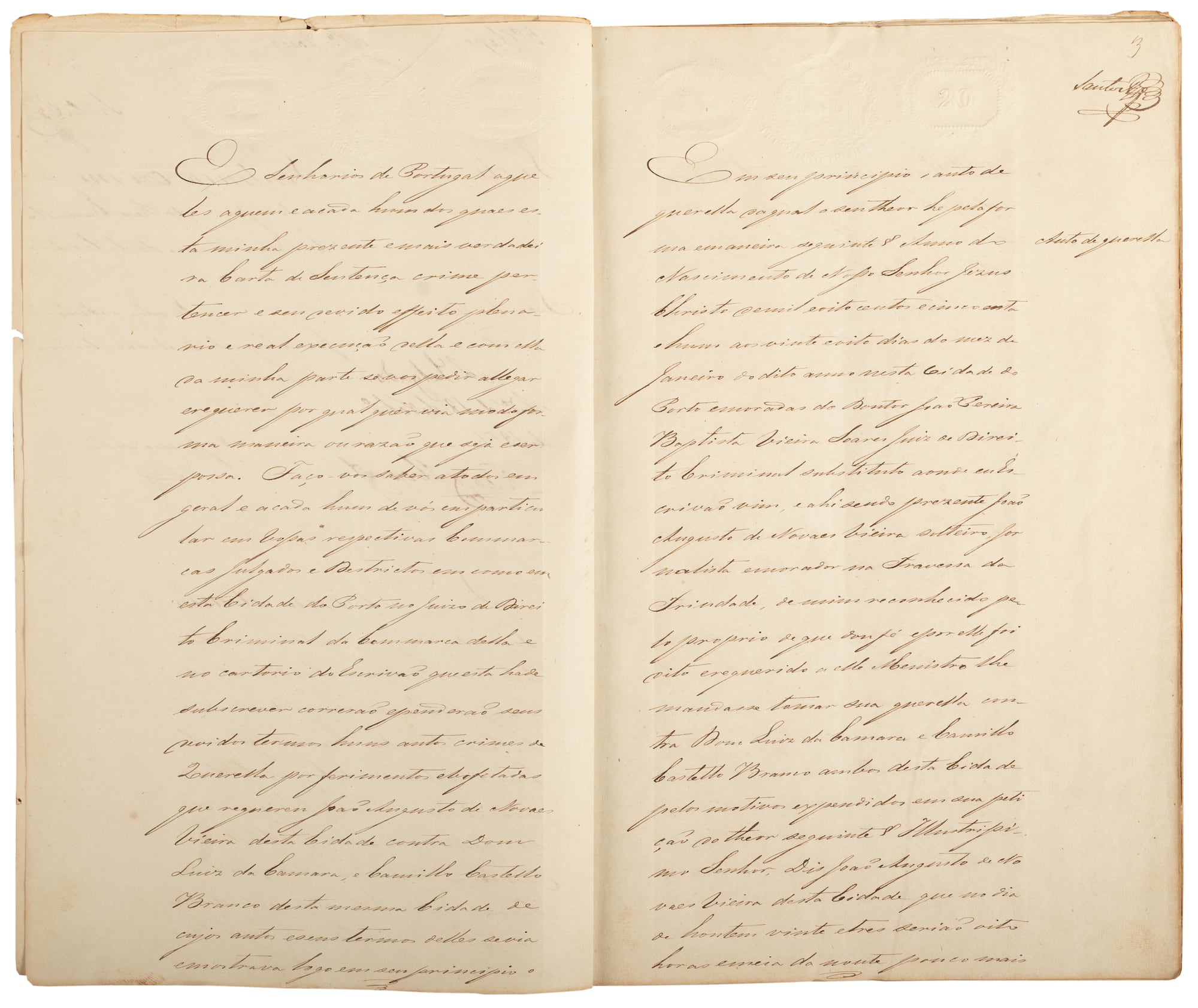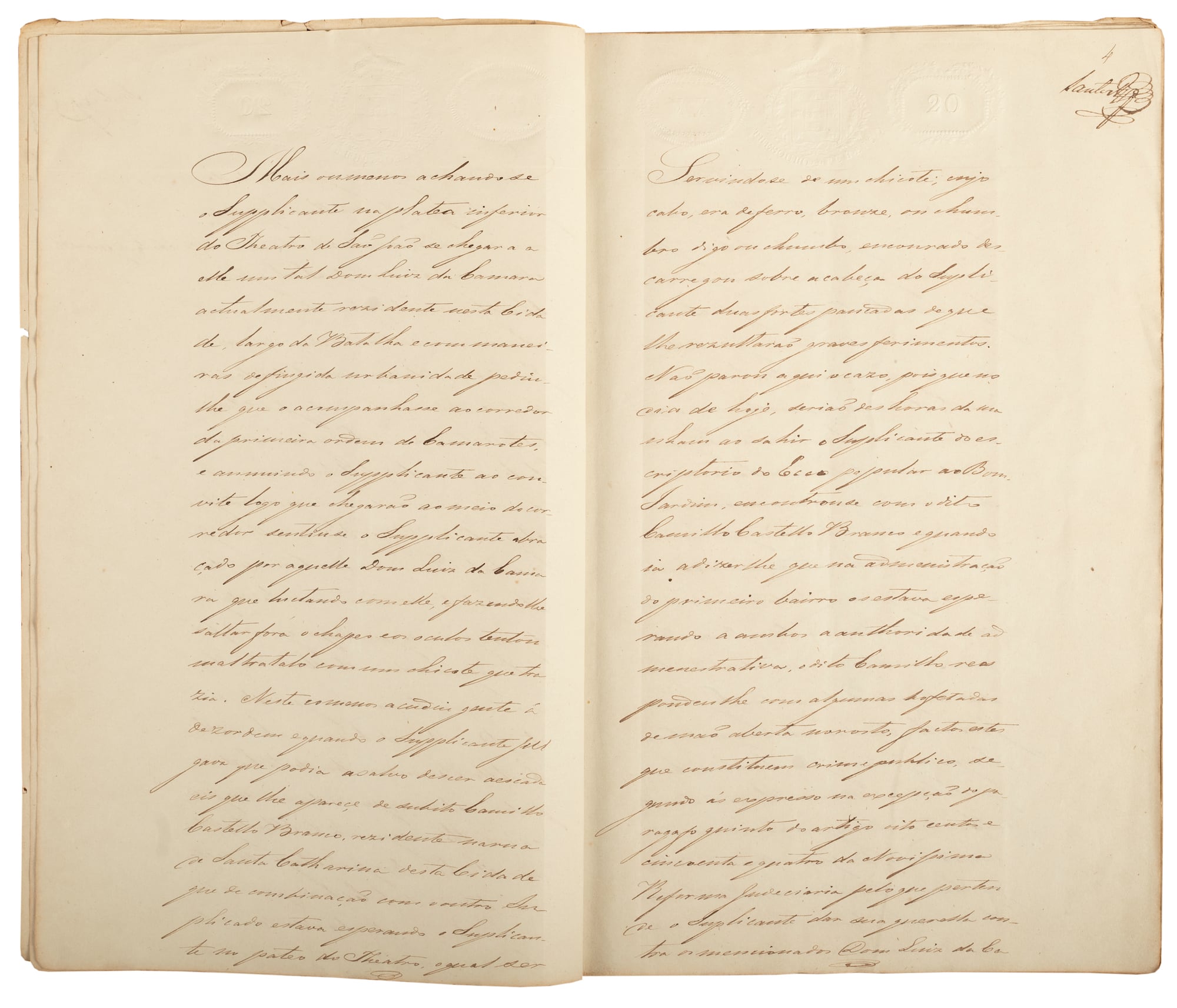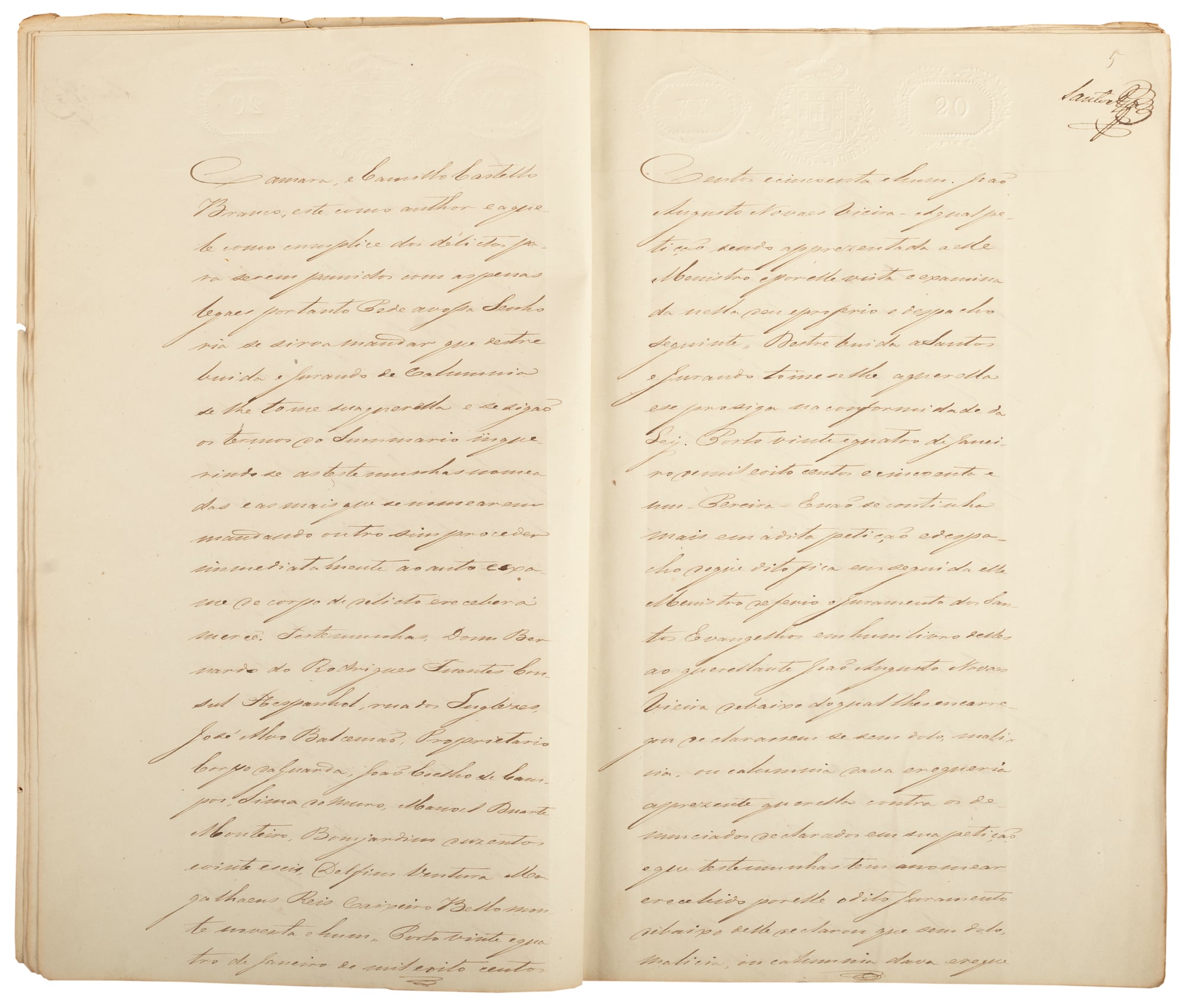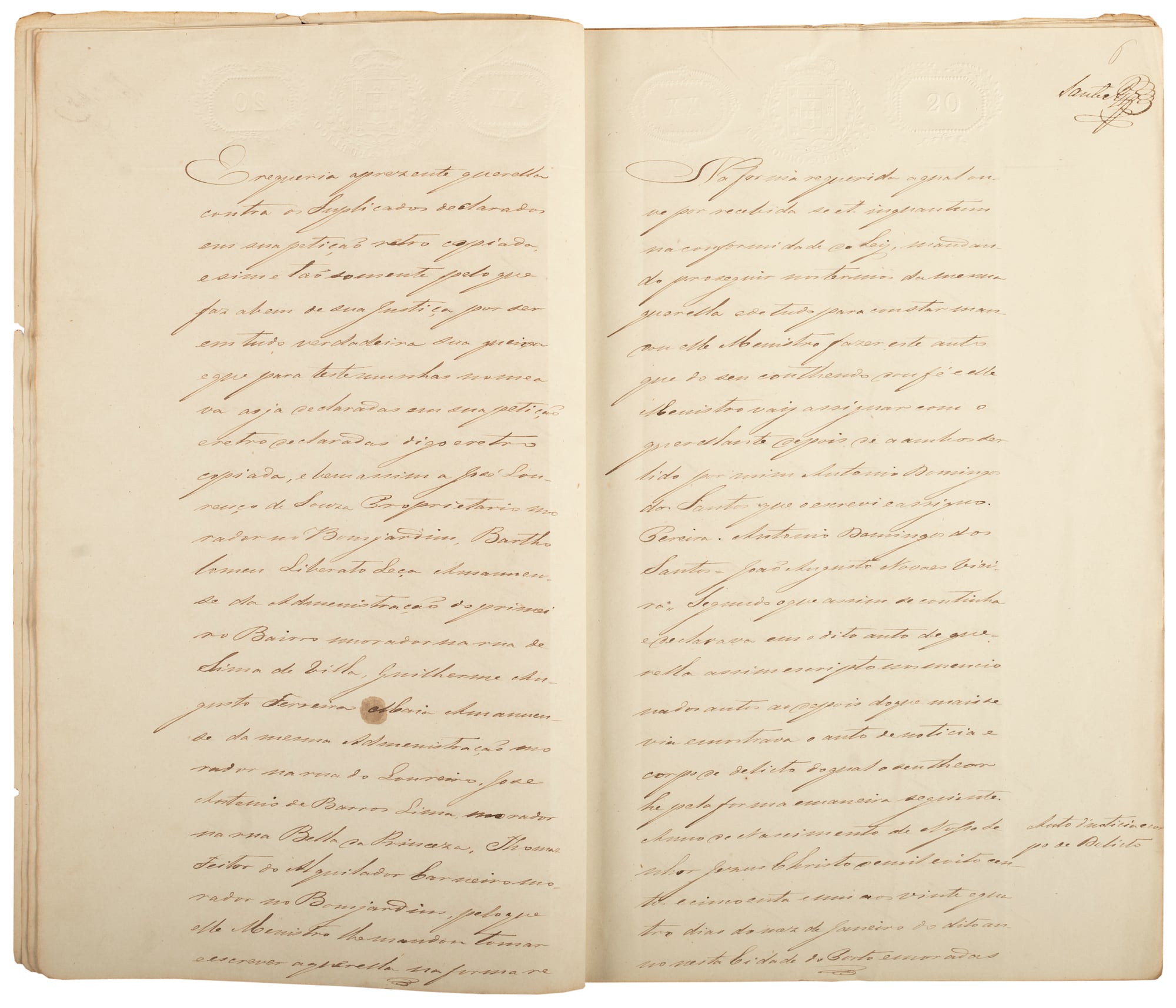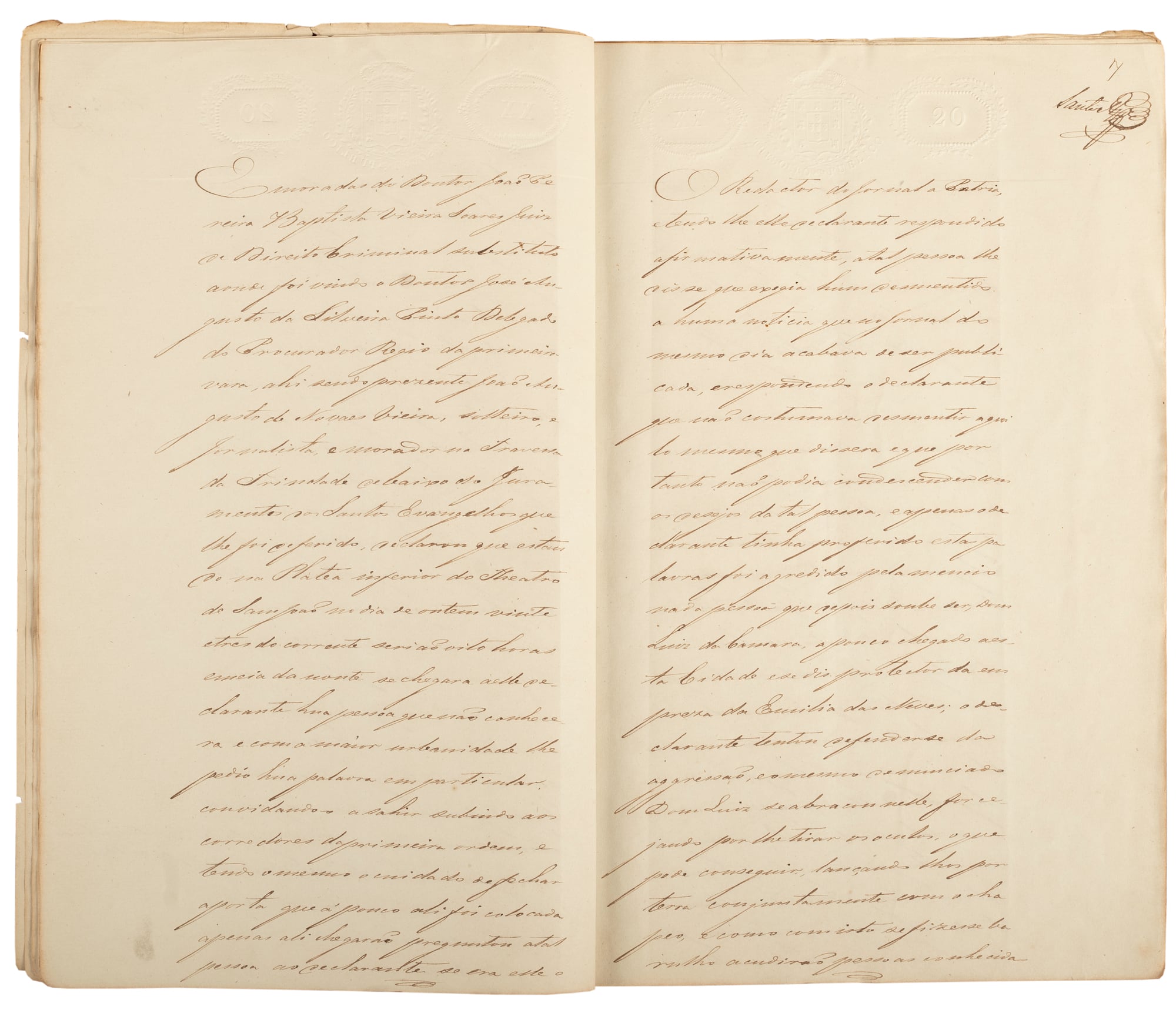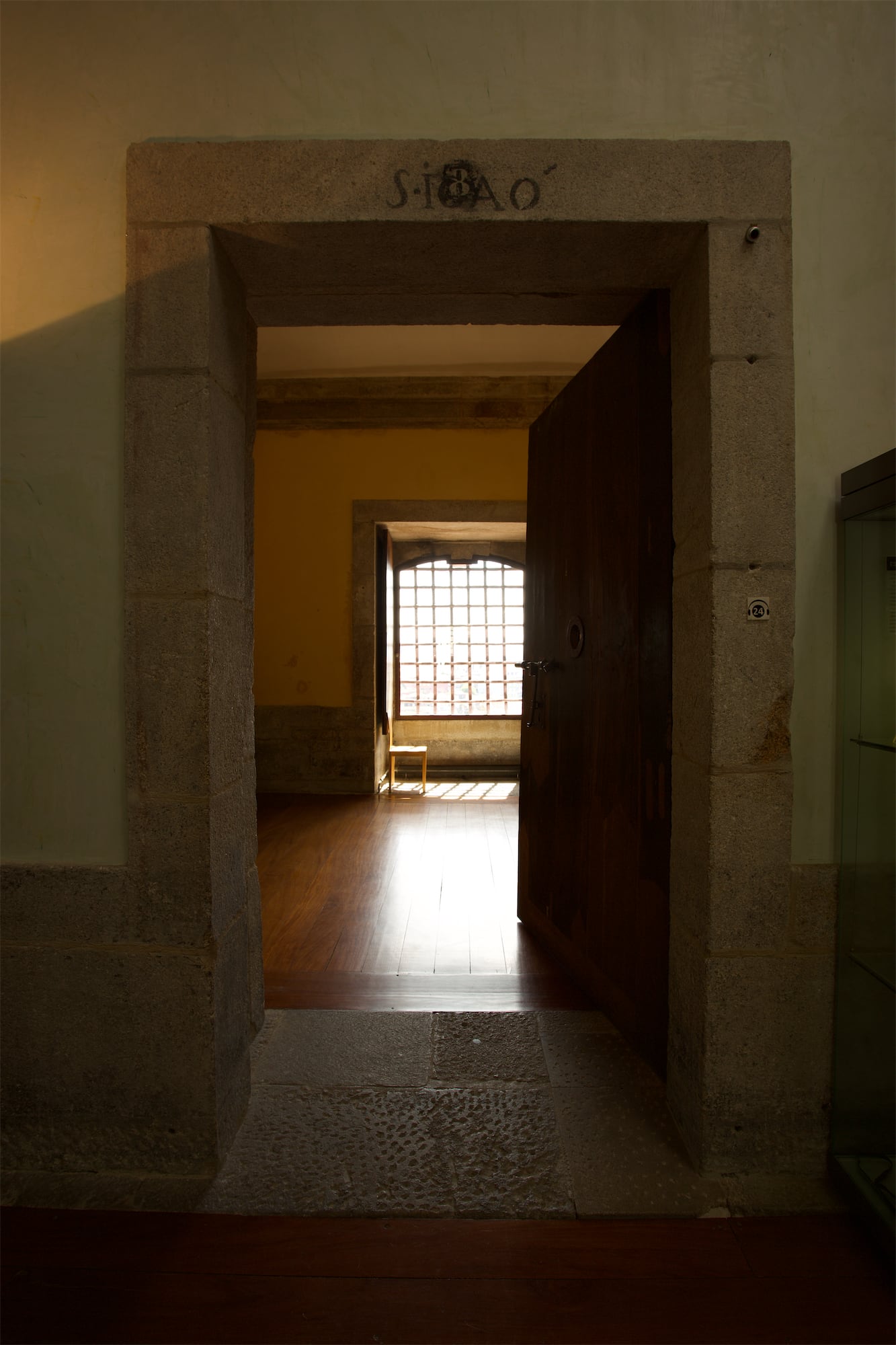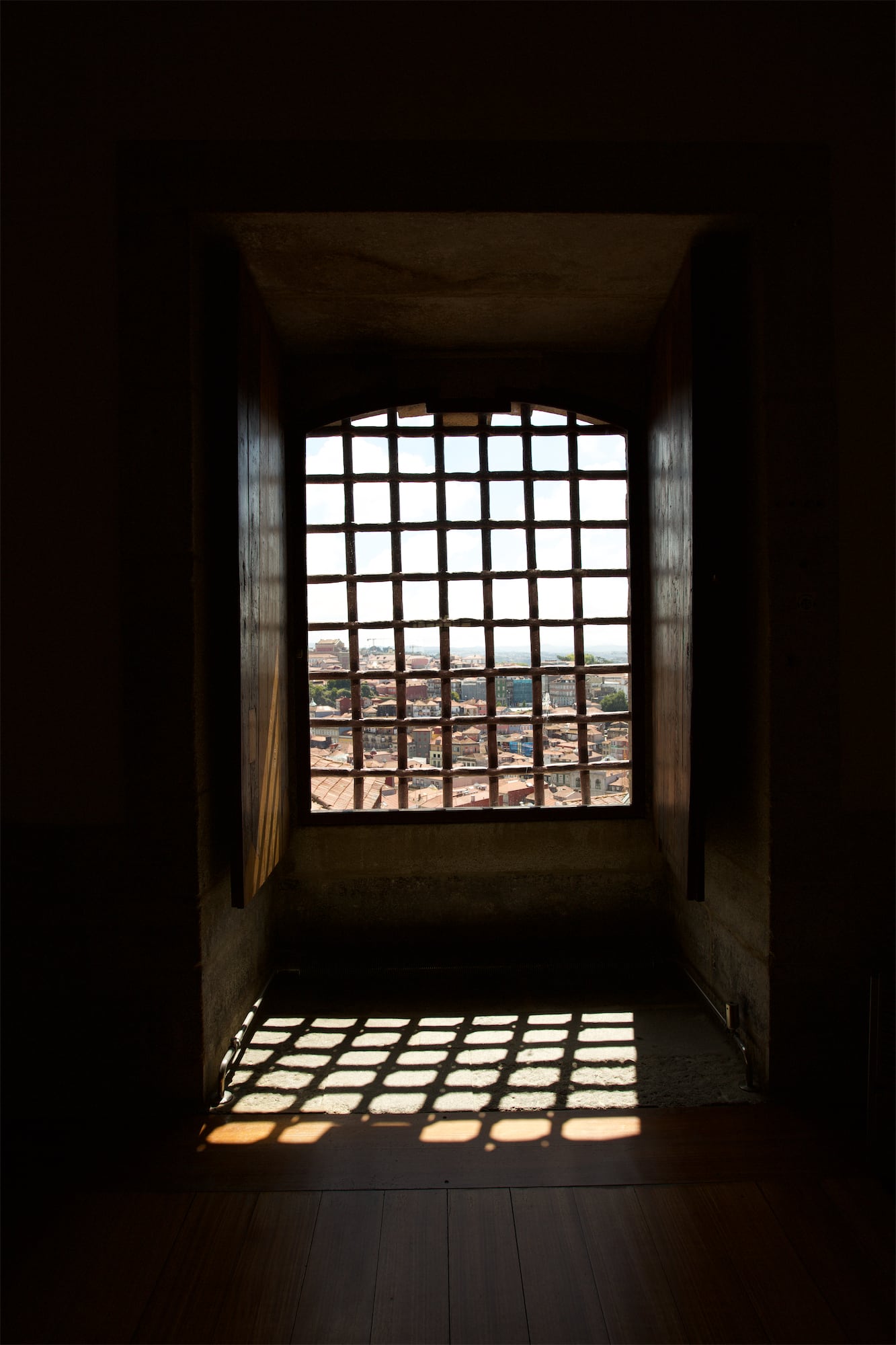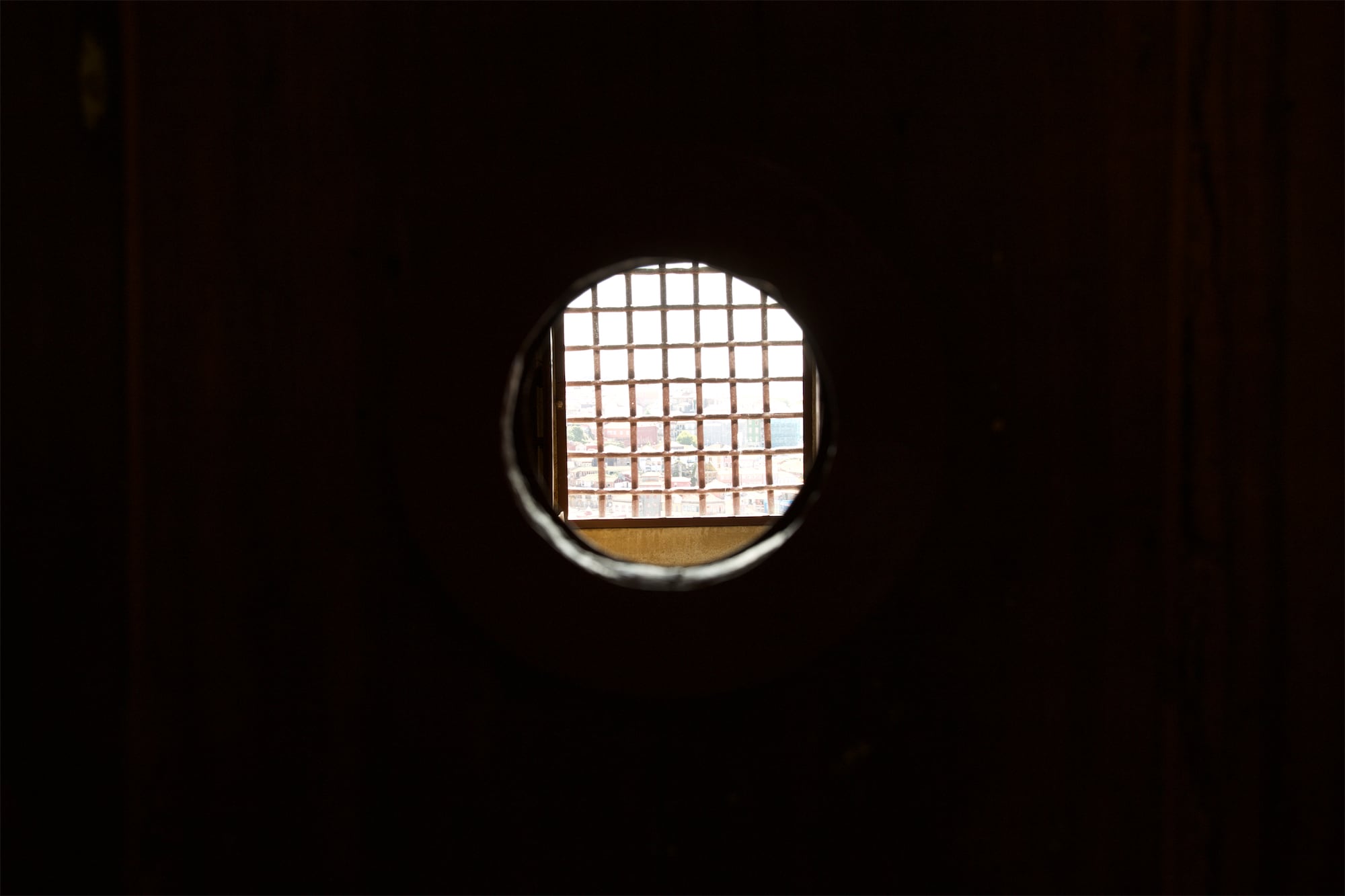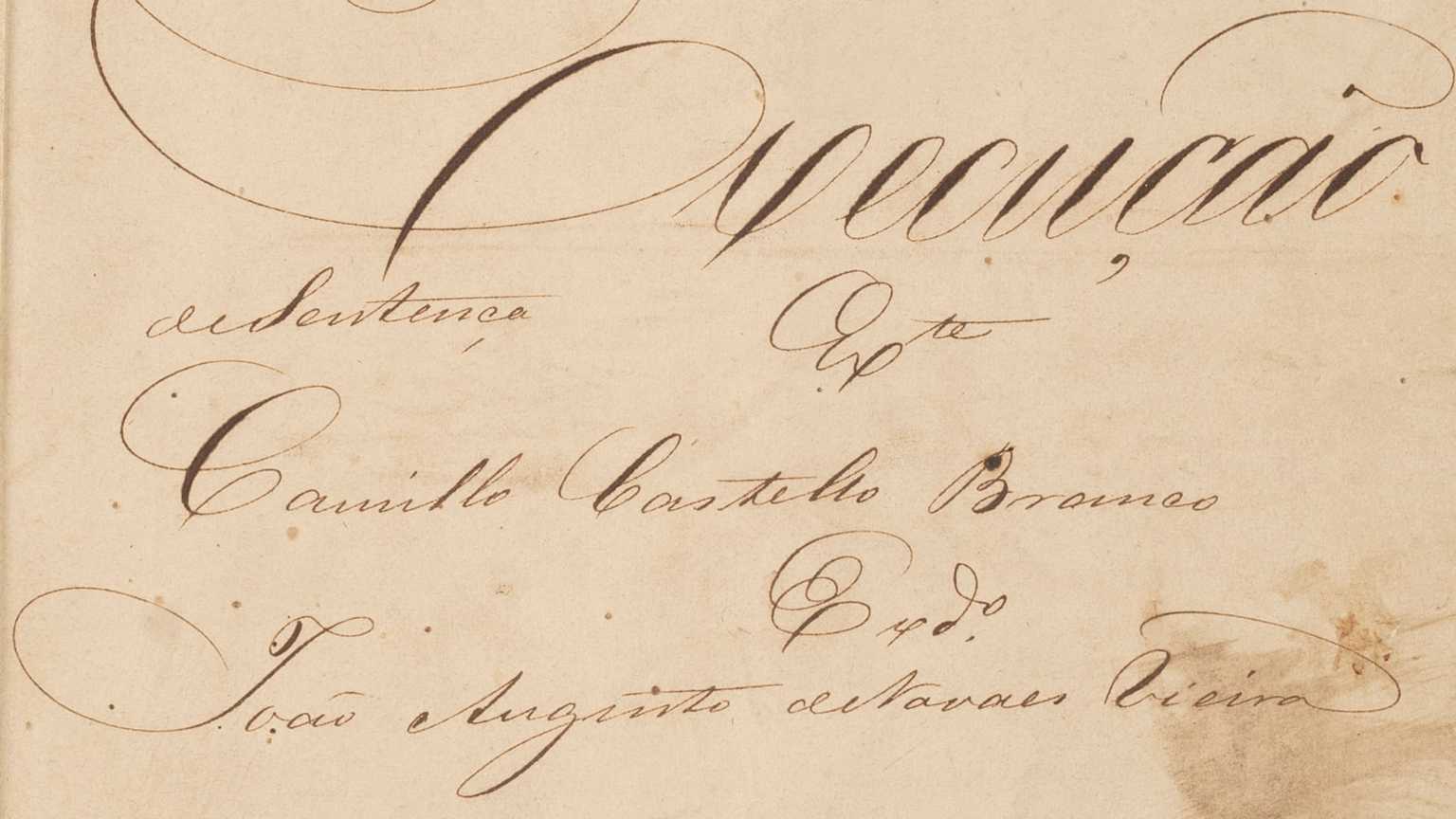
Flagship Cases
Camilo Castelo Branco
THE CASE (1859-1861)
One of the most famous cases exhibited in the Museum of the Court of Appeal of Porto is the adultery accusation of Ana Plácido and Camilo Castelo Branco (1859-61). Tried in the city and imprisoned for about a year in the Court of Appeal’s Jail, while the investigations and subsequent court sessions took place, the case triggered enormous media interest, dividing both the Portuguese society and the public opinion. King D. Pedro V himself made a point of visiting the defendant in prison twice (in 1860 and 1861).
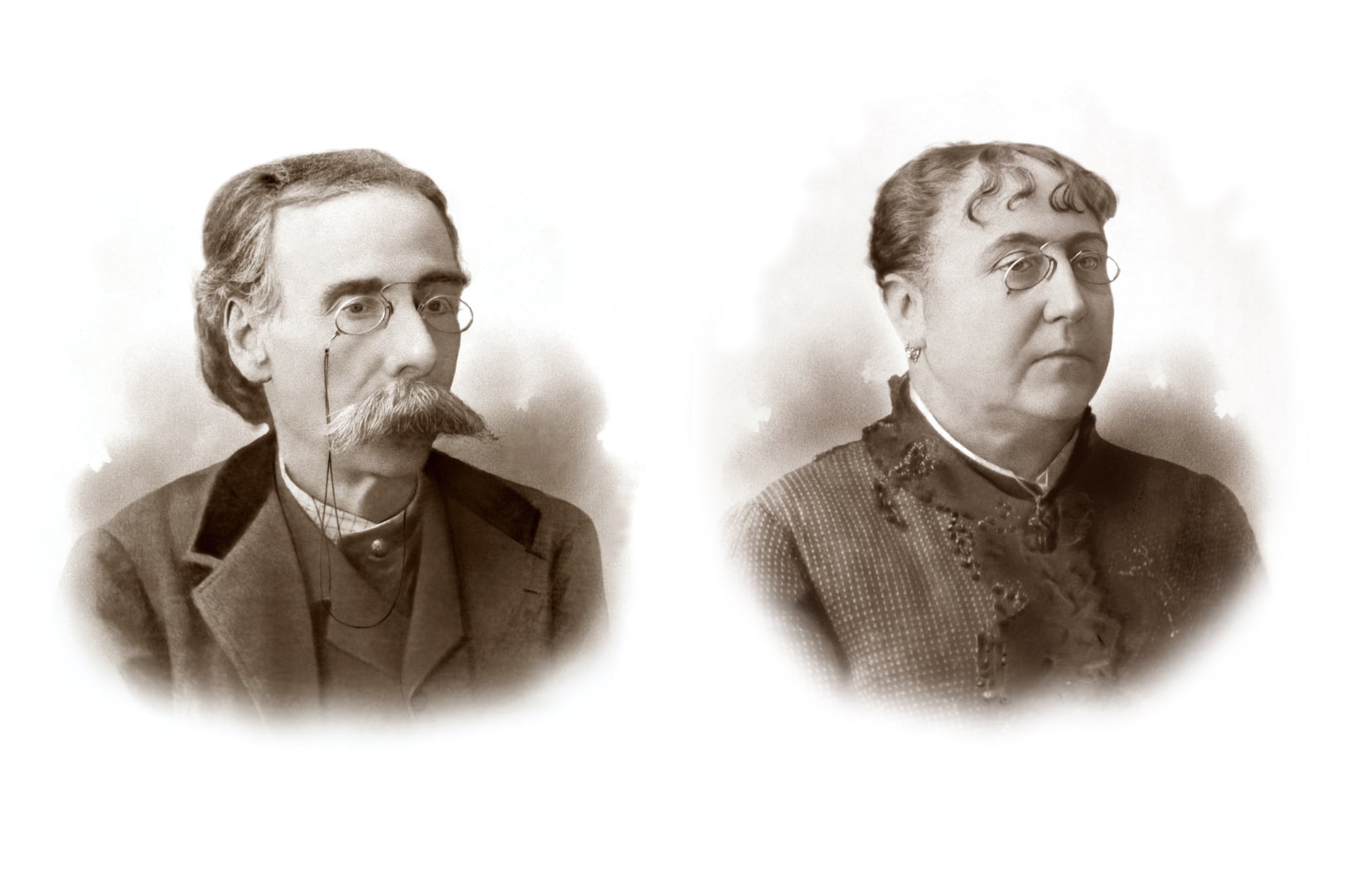
© Camilo Castelo Branco, c. 1880; Autor: Photo Perez
Propriedade: Câmara Municipal de Vila Nova de Famalicão / Casa de Camilo
© Ana Augusta Plácido, c. 18--;
Propriedade: Câmara Municipal de Vila Nova de Famalicão / Casa de Camilo
CAMILO CASTELO BRANCO
CAMILO CASTELO BRANCO (1825-1890) had an eventful life, despite being born in Lisbon and spending his childhood and adolescence in Trás-os-Montes, with strong ties to Porto. In 1842 he entered the Medical-Surgical School of Porto, but his unstable and irreverent character led him to a bohemian life, always falling in and out of love. He did not even finish the first year. But it was also during this period that he established a regular collaboration in newspapers, publishing his first literary works in the newspaper "O Nacional" in 1846.
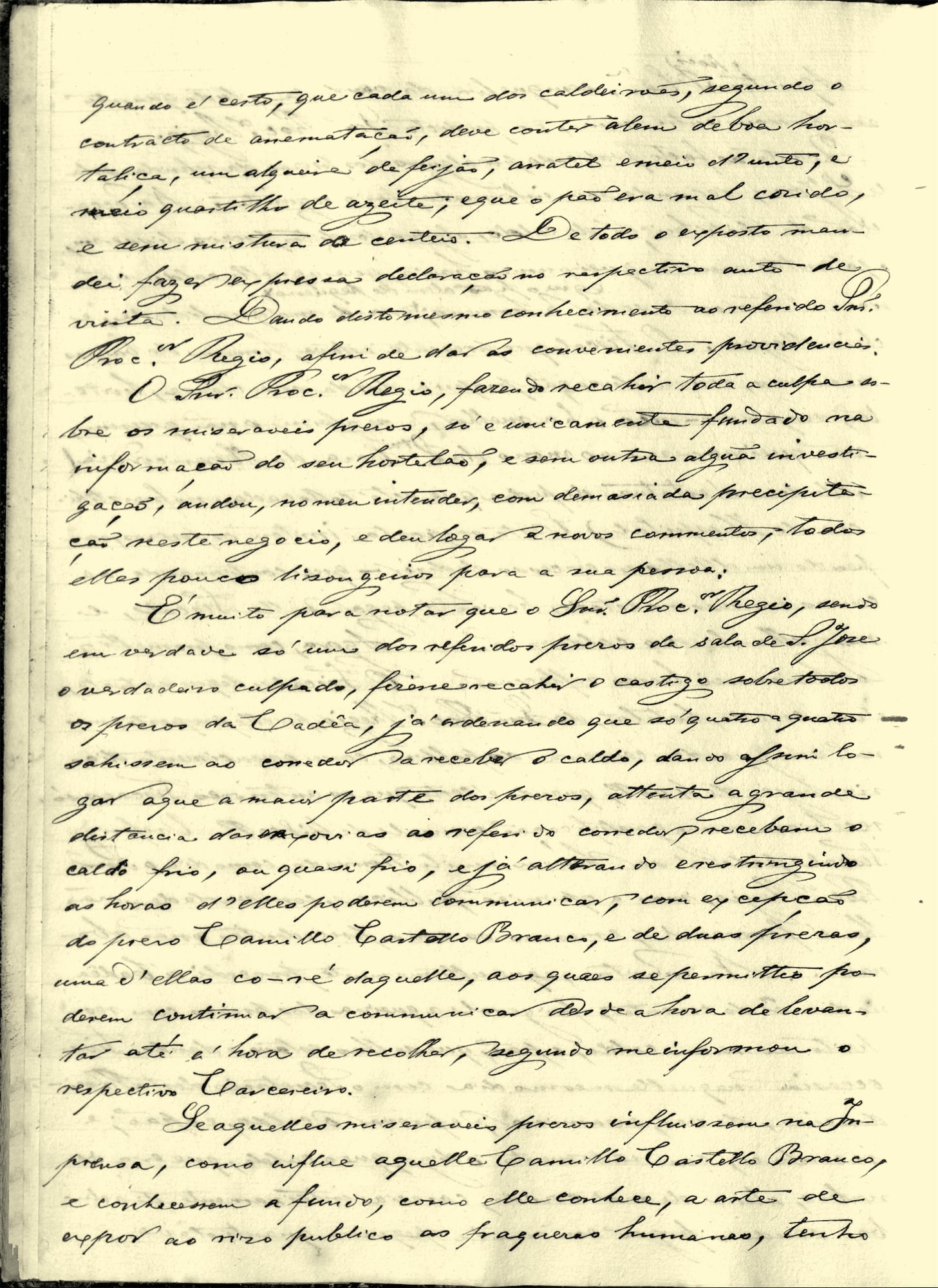
© Court of Appeal of Porto / Ancient Library Collection
RECORDS BOOK - 1860
"The Lord Prosecutor of the King, laying all the blame on the wretched people, based only and solely on the information of his gardener, and without any other investigation, has, in my opinion, been too hasty in conducting this business, and has given rise to new comments, all of which are unflattering to his person.
It is quite remarkable that the Lord Prosecutor of the King, knowing that the true culprit is but only one of the said prisoners of St. Joseph's room, made the punishment befall on all the Jail’s prisoners, ordering that only four of us, at a time, can go out to the corridor to receive the broth, thus giving place to that most of the prisoners, given the great distance from the dungeons to the aforementioned corridor, receive the broth cold, or almost cold, and already altering and restricting their hours of communication, with the exception of the prisoner Camilo Castelo Branco and of two prisoners, one of whom his co-defendant, who were allowed to continue to communicate from the hour of rising until the hour of curfew, according to what the Jailer has informed me.
If said wretched prisoners had an influence on the Press, as one Camilo Castelo Branco does, and knew thoroughly, as he does, the art of exposing human weaknesses to public laughter, I am sure that the Lord Prosecutor of the King would be a little more cautious in his endeavours.
THE CELL OF CAMILO CASTELO BRANCO
In 1850 he falls in love with Ana Plácido, a young poet from Porto, to whom the family "imposes” that she marries a “brasileiro de torna viagem” (these were wealthy merchants with ties to Brazil), thus breaking Camilo’s heart, who then joins a Seminary in 1851, for little more than a year. He then decides to fight for his beloved, seducing Ana Plácido and leading an adulterous life with her, and they end up running away together in 1859. Captured and tried by the authorities, they were kept in the Court’s Jail for about a year, finally being acquitted by the Judge - who was actually the father of Eça de Queirós - due to the lack of conclusive evidence. In prison, Camilo meets and befriends Zé do Telhado, a famous marauder, who he alludes to in his book "Memórias do Cárcere". Camilo will end up supporting Zé do Telhado during the bandit's judicial proceedings, also exhibited in this museum.
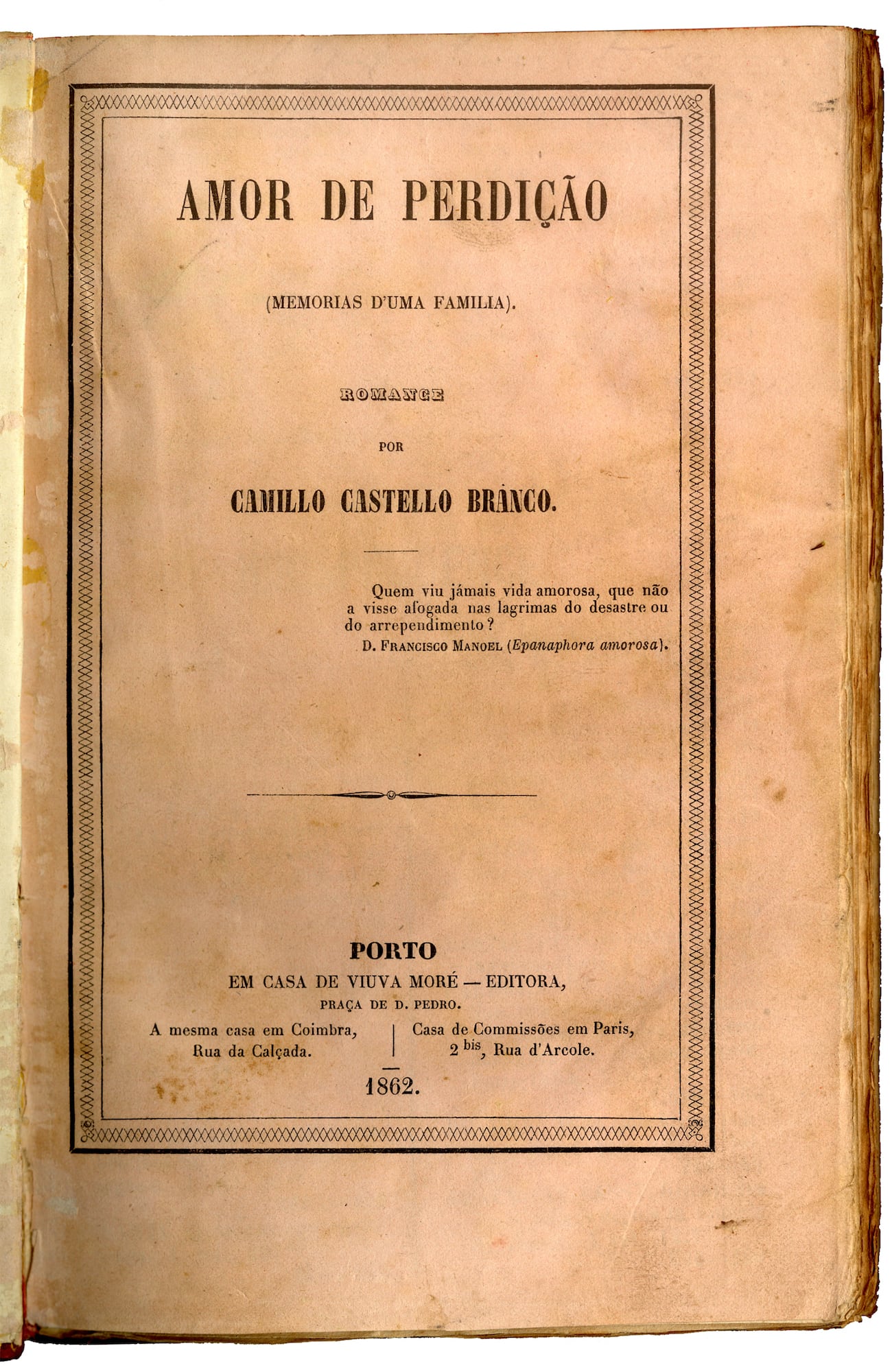
© Amor de Perdição, 1862; Autor: Camilo castelo Branco
Propriedade: Câmara Municipal de Vila Nova de Famalicão / Casa de Camilo
THE BOOK "DOOMED LOVE"
In 1859 CAMILO CASTELO BRANCO (1825-1890) was already a prominent and acclaimed writer. He was, moreover, the first literary author in Portugal making a living exclusively out of writing. Standing out among the figures of Portugal’s romantic movement’s second generation, Camilo would see his fame get even greater with the novel "Doomed Love", which he wrote while he was imprisoned, and considered to be one of the ultimate works of Portuguese ultra-romanticism.

